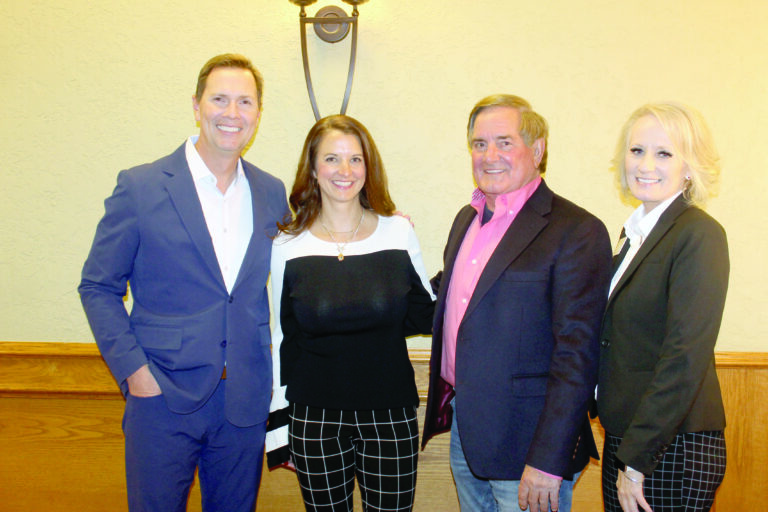Mini Gilloiz a marquee of Muesum
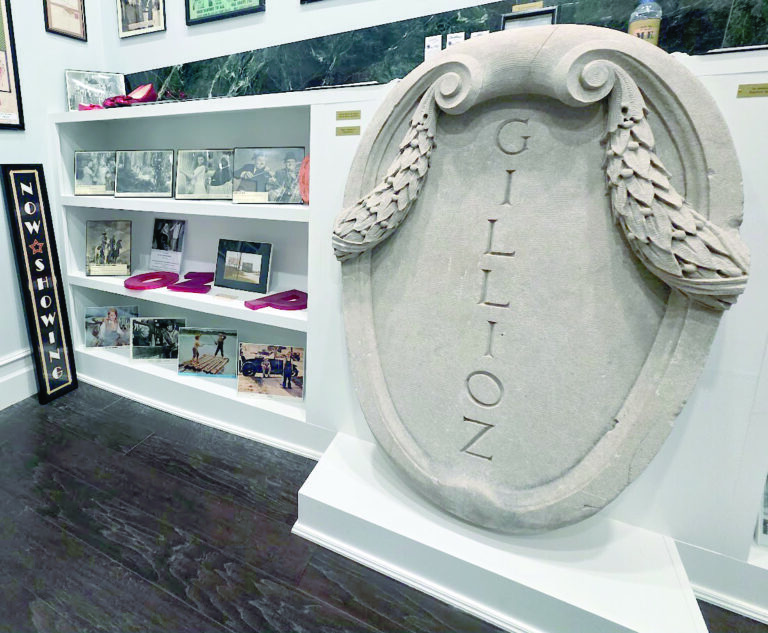
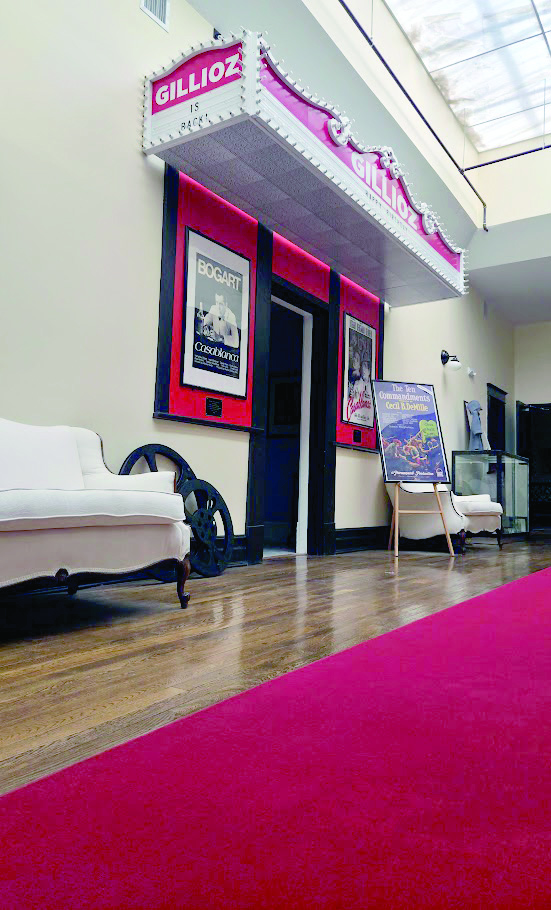
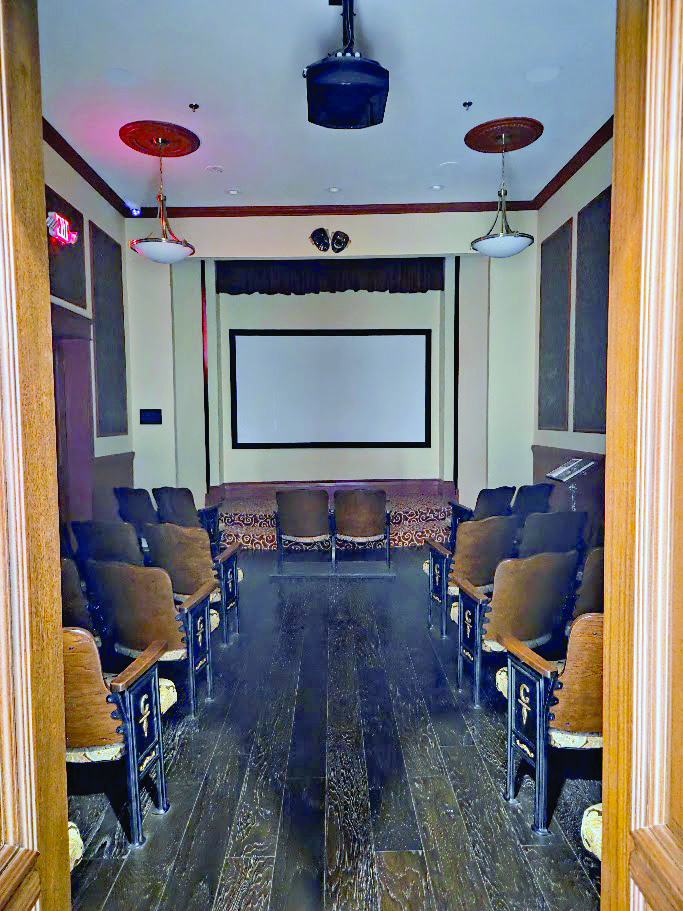
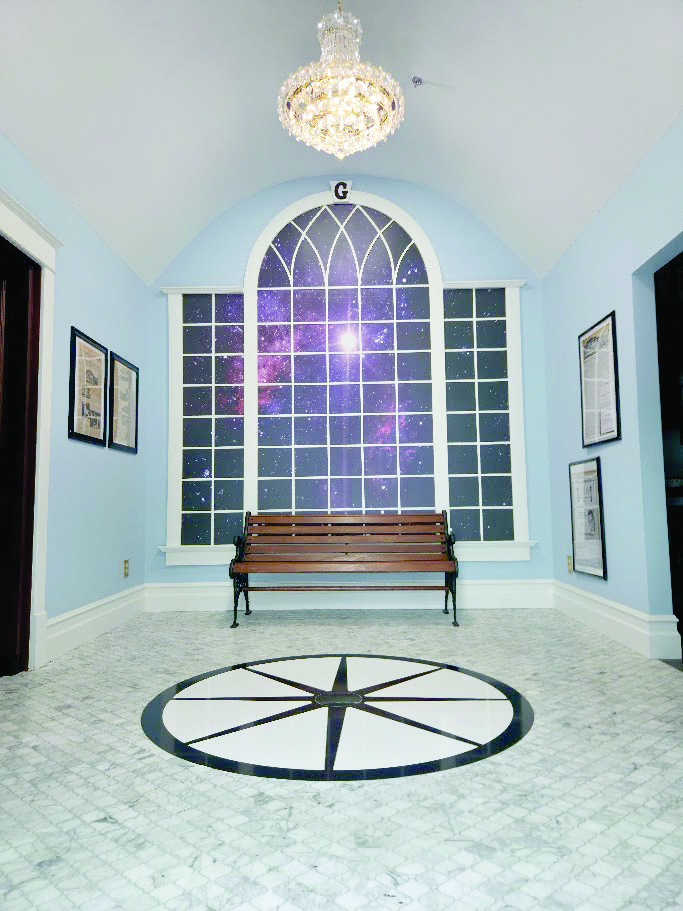
By Jessica Breger Special to Monett Monthly
As the free nights of summer break in 2025 draw to a close, the Monett Historical Society and Museum is looking at how time was spent on the hot summer nights of the past in Monett.
Many residents can still remember the days where they would stay cool in the Gillioz.
Monett’s Gillioz Theater was built in 1931 by architects Johnson and Maack of St. Louis, contracted by the theater’s namesake, M. E. Gillioz.
Gillioz was a well known Missouri highway and building contractor who had two theaters built who headquartered his business in Monett. By the time he died in 1962, Gillioz had become a major contributor to the local economy and a staple name.
The first Gillioz theater was built in 1927 in Springfield along the newly announced Route 66, the theatre was originally a hybrid theatre, hosting both vaudeville and film presentations.
Both theaters were closed by the late 1980s and both have been given new life since then.
While the original Gillioz Theater reopened in 2006 in Springfield, the Monett theater lives on as a 30-seat mini theater within the Museum, as a bank now stands where the original Monett Gillioz Theatre was located.
“When built, Monett’s historic Gillioz Theatre (1931-1987) was a palace of respite for the locals in our small town,” said Mark Henderson, a volunteer with the Historical Society who played a key role in bringing the theater to the Museum in 2021. “An afternoon or evening at a 10-cent moving picture also offered the attendee a glimpse of extravagance.
“From its black and white marble box office entrance, to the polished terrazzo sunburst floor and marble trimmed lobby with its vaulted ceiling and chandeliers, to the mezzanine level with its balcony and wrought iron trimmings it was unlike anything most locals had ever seen.”
For years, the theater served not only to show films, but as a community hub. It was a place where Prom celebrations were held and children gathered to meet Gillioz as he would give them quarters at an annual Christmas party he hosted for children in town.
Henderson recalled his days working at the theater in the 1970s noting that even then, the building was historic.
“I worked at the original Gillioz in the mid-1970s and was thus privy to access areas out of view of the public,” he said. “I accidentally discovered some of that history intact, behind shelving in an area walled off as a storage closet. “Moving the contents of the shelves and opening the doors, I stepped onto a long forgotten wrought-iron balcony and with my flashlight I could see the vaulted ceiling and the painted over Palladian window of the original lobby, complete with a long chain that a chandelier had once been suspended from, surrounded by an elegant plaster rosette.
“These memories served when I was asked to give a presentation to the Historical Society on the Gillioz in about 2017. The prepared floor plans and photos were donated to the museum and are now part of the exhibit.”
Henderson said this led to a novel idea as the museum had already discussed adding a theater to show local films.
“We decided to design the solution as a tribute to the Gillioz,” he said. “We chose to ‘reproduce’ some of its interior architectural features — if not exactly, then at least in the spirit of the original. We were fortunate to have donors come forward to finance this extravagance, and believe we were successful in offering the public a working exhibit (complete with artifacts from the original) that ‘soothes the pain’ from the loss of the first Gillioz.”
Today, residents and guests are invited to get a glimpse of the theater’s majesty by visiting the mini theater at the Museum. Located on the top floor, the suite features 30 seats from the original theatre, as well as the original name plate that hung on the building.
Posters, photos and literature also adorn the suite for guests to see the history with their own eyes and the entrance is designed to reflect the original with its sunburst designed terrazzo floor and chandelier hanging above.
Due to licensing laws, trademarked motion pictures cannot be shown at the exhibit, but home movies and small concerts are welcome.
The Museum is open five days a week, Tuesday through Saturday, from 10 a.m. to 4 p.m. Admission is free.


